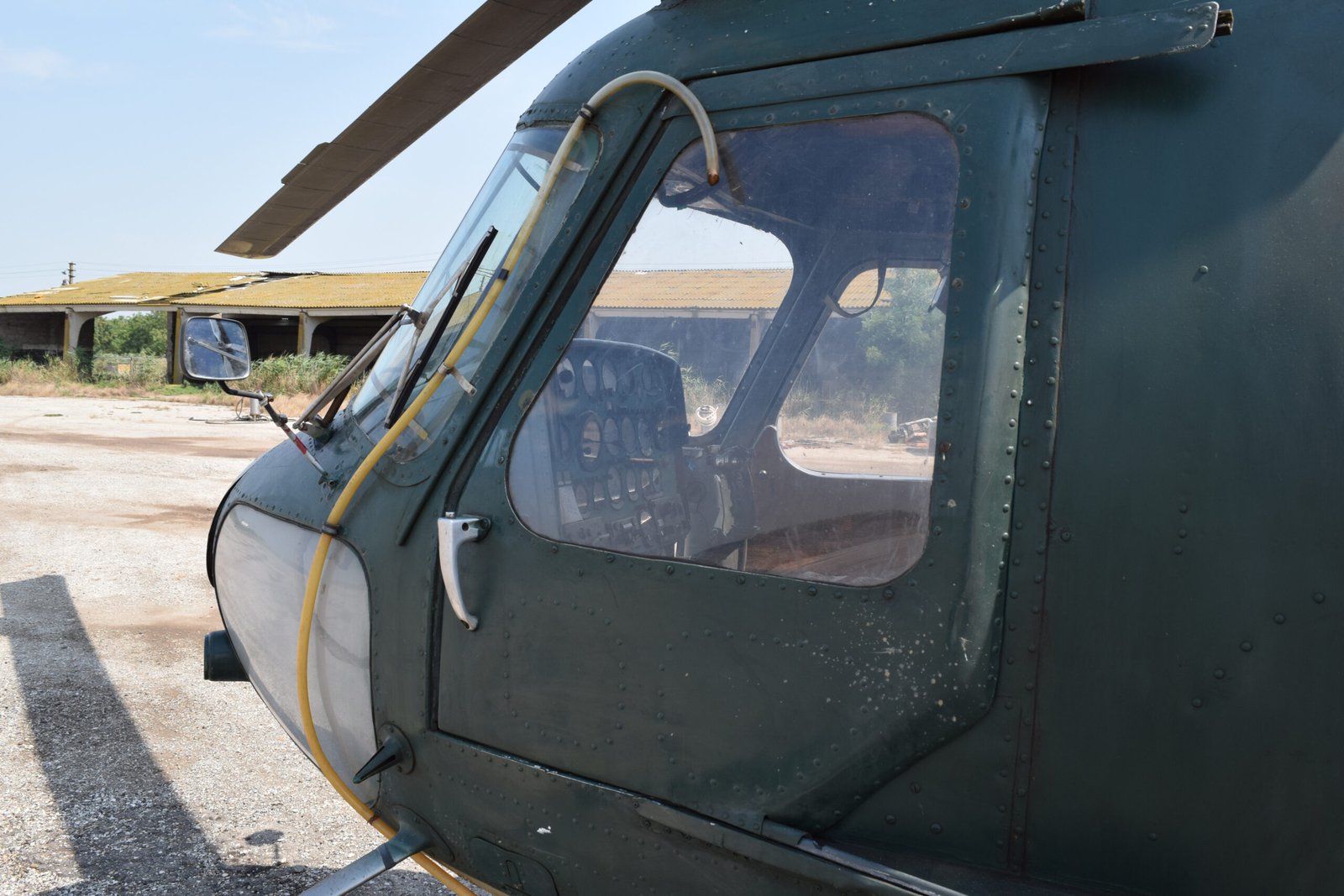From Runways to Skyways: The Impact of Airport Infrastructure on Global Travel
In today’s interconnected world, the aviation industry stands as a vital pillar of global travel. Behind the scenes, robust airport infrastructure plays a crucial role in ensuring that we can traverse continents within hours. But the story does not end with runways and terminals; it extends into technology training, online resources, and even the burgeoning field of drones. Let’s explore how these elements intertwine to shape modern travel.
At the heart of aviation’s evolution lies technology training. Modern pilots undergo rigorous simulations that replicate real-world flying scenarios without ever leaving the ground. Flight simulators are not just toys for aspiring aviators; they’re sophisticated tools that allow trainees to experience a variety of conditions and emergencies in a controlled environment. This level of preparedness is essential when you consider that safety is paramount in air travel.
For those eager to dive deeper into aviation knowledge, numerous blogs and websites serve as treasure troves of information. A few notable mentions include Flying Magazine, AirlineReporter.com, and The Points Guy. Each offers unique insights—from technical analyses of aircraft systems to tips for maximizing frequent flyer miles. Social media platforms also foster vibrant aviation communities where enthusiasts can share their experiences and expertise. Twitter accounts like @AviationWeek or Instagram profiles dedicated to aircraft photography provide daily doses of inspiration for both professionals and hobbyists alike.
If you’re considering embarking on a career in aviation, there’s never been a better time to take advantage of online courses and ground schools tailored specifically for budding pilots. Websites such as Pilot Institute offer comprehensive programs covering everything from private pilot certification to advanced instrument ratings—often at your own pace! These flexible options make it easier than ever to fit education into your busy schedule while pursuing your dream job.
The demand for skilled pilots continues to rise, driven by an uptick in global travel post-pandemic and an increasing number of airlines launching new routes. However, aspiring aviators must also stay abreast of regulatory requirements set forth by authorities like the FAA (Federal Aviation Administration). Their website is an invaluable resource for understanding licensing procedures, safety regulations, and ongoing training mandates.

As we look towards the future, one cannot overlook the growing influence of drones in both commercial applications and recreational hobbies. Drones are revolutionizing logistics—think about how packages zip through the skies instead of being stuck in traffic! This innovative technology has led regulators like the FAA to develop guidelines that ensure safe operation alongside traditional air traffic. For those interested in joining this dynamic sector, various online courses teach drone piloting fundamentals while covering regulatory compliance—a must-have skill set as this field expands rapidly.
With advancements continuing at breakneck speed across all facets of aviation—from new aircraft designs to evolving airport technologies—the industry’s landscape remains exciting and unpredictable. As travelers become more discerning about their experiences, airports will need to adapt accordingly by investing in modern amenities that enhance comfort while optimizing efficiency.
In conclusion, whether you’re soaring above clouds as a pilot or simply enjoying your travels below them, understanding how airport infrastructure impacts global travel enriches our appreciation for this incredible industry. With every takeoff and landing facilitated by cutting-edge technology and well-trained professionals—all made possible through rigorous training programs—we’re witnessing history unfold one flight at a time!
